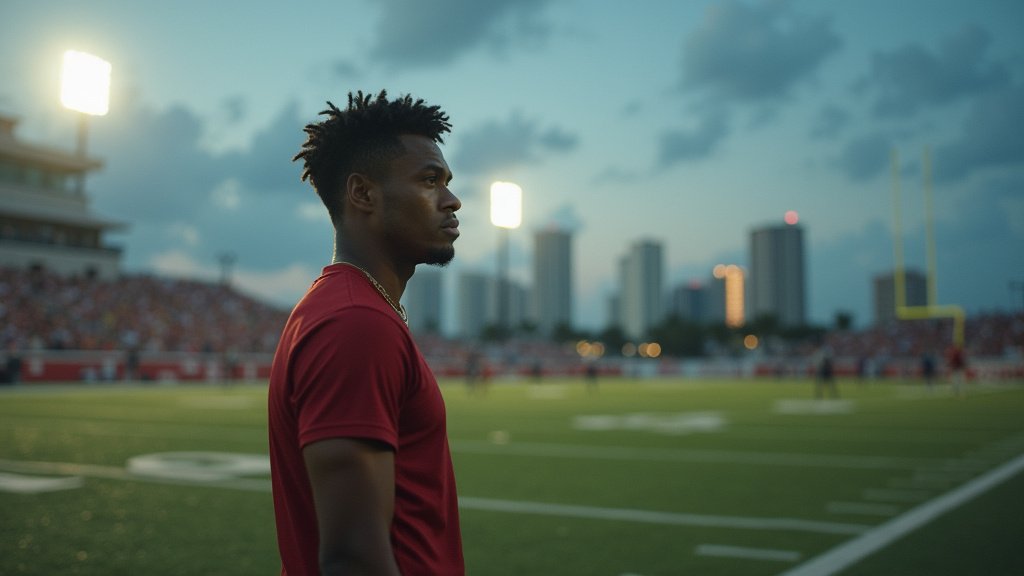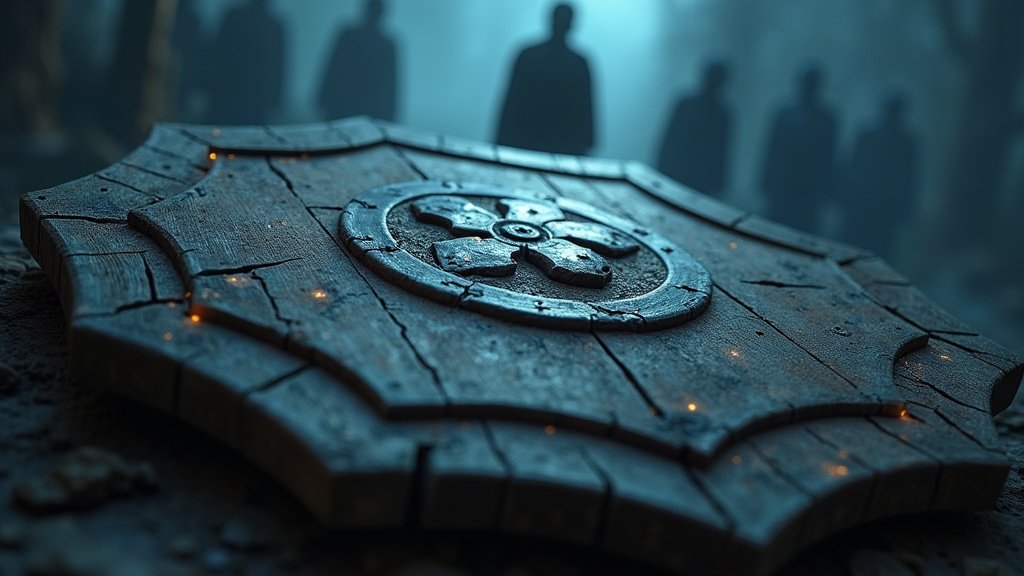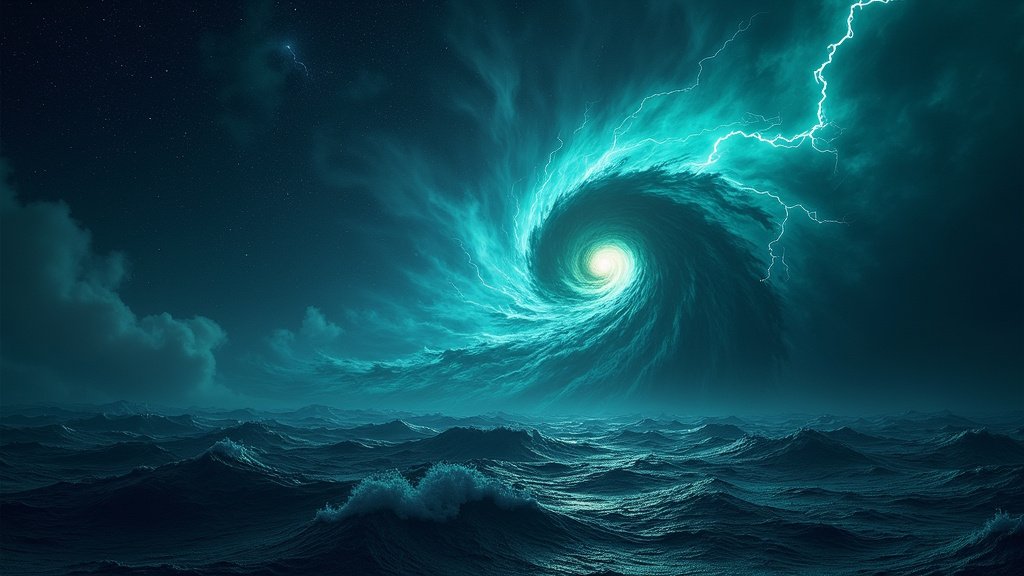The Miami Dolphins consistently spark fervent discussion, often marked by a mixture of optimism and lingering questions. As the team gears up for another season, a recurring editorial theme among beat reporters and analysts, notably the Miami Herald’s veteran journalist Omar Kelly, centers on the franchise’s enduring uncertainties. These aren’t merely speculative inquiries but fundamental challenges that could dictate the Dolphins’ trajectory in their pursuit of championship contention.
The Quarterback Conundrum: Tua Tagovailoa’s Extended Horizon
Perhaps the most significant question mark hovering over the Dolphins in recent years has been the long-term future of quarterback Tua Tagovailoa. That particular query received a definitive answer recently when Tagovailoa signed a substantial four-year, $212.4 million contract extension, securing his presence in Miami through the 2028 season with $167.1 million guaranteed. This landmark deal, the largest in franchise history, signals unwavering belief from the organization in their signal-caller. Tagovailoa, a Pro Bowl selection in 2023, led the league in passing yards that year with 4,624 and posted a team-best 69.3% completion percentage. He has consistently ranked among the NFL’s highest-rated passers on third down over the past two seasons. Despite these statistical achievements, the massive investment places immense pressure on Tagovailoa to not only maintain his high level of play but also to elevate the team beyond playoff appearances to sustained postseason success, a hurdle the Dolphins have yet to clear in his tenure.
Fortifying the Trenches: The Perennial Offensive Line Challenge
While Tagovailoa’s contract provides stability at quarterback, the stability of the offensive line remains a persistent concern. The unit has been a frequent subject of debate and criticism, particularly due to injuries and inconsistent performance in recent seasons. In 2024, the Dolphins’ offensive line was graded 27th by Pro Football Focus, struggling significantly in both pass block and run block win rates. General Manager Chris Grier, who once downplayed concerns about the offensive line, has since acknowledged the need for upgrades.
In the 2025 offseason, the Dolphins have actively sought to address these issues, bringing in new talent and shuffling personnel. Noteworthy additions include guards James Daniels and rookie Jonah Savaiinaea, alongside center Aaron Brewer. The ongoing health of veteran left tackle Terron Armstead, an elite but often injured player, remains critical. With Armstead’s eventual retirement in mind, second-year offensive tackle Patrick Paul is expected to step into a larger role, showcasing promise in early camp. Offensive coordinator Frank Smith and offensive line coach Butch Barry have expressed optimism about improved chemistry and communication, hoping these changes translate into a more robust and consistent blocking unit.
Defensive Evolution: New Leadership and Injury Concerns
The defensive side of the ball has also seen significant change, particularly at coordinator. Following the 2023 season, the Dolphins and defensive coordinator Vic Fangio mutually parted ways. This decision reportedly stemmed from philosophical differences between Fangio’s “old school” approach and Head Coach Mike McDaniel’s coaching style, as well as reported dissatisfaction among some key players, including Pro Bowl cornerback Jalen Ramsey and safety Jevon Holland. Anthony Weaver has since taken over as defensive coordinator, tasked with maximizing the talent on defense.
However, the defense faces its own set of pressing questions, primarily concerning the health and depth of its pass rushers. Star edge rushers Jaelan Phillips and Bradley Chubb have both endured significant injuries in recent seasons, impacting the unit’s overall effectiveness. The team’s ability to maintain a consistent pass rush without these key players is a major point of focus. Additionally, the secondary has been retooled with additions like Kendall Fuller and Jordan Poyer, aiming to complement Ramsey and Holland. The contract situation of defensive tackle Zach Sieler, who has established himself as a top player but is reportedly seeking a new deal, adds another layer of complexity to the defensive outlook.
Leadership Under Scrutiny: Grier, McDaniel, and the Quest for Consistency
The leadership tandem of Head Coach Mike McDaniel and General Manager Chris Grier enters the new season with heightened expectations. Despite the Dolphins missing the playoffs in 2024, owner Stephen Ross publicly affirmed their return for 2025, emphasizing the value of stability while stressing that “continuity in leadership is not to be confused with an acceptance that status quo is good enough.” This statement places McDaniel and Grier firmly on the “hot seat” for the upcoming campaign.
Critics point to McDaniel’s perceived struggles with in-game adjustments and a tendency to abandon a successful running game for a pass-heavy approach. Grier, meanwhile, faces scrutiny for his roster construction, particularly regarding offensive line depth and backup quarterback options. The pressure to deliver tangible playoff success and a deeper postseason run is immense, and the future flexibility of the franchise, particularly concerning the salary cap, will be heavily influenced by the team’s performance this year.
Skill Position Depth and the ‘Finesse’ Narrative
Beyond the headline players, questions persist about the overall depth and perceived identity of the Dolphins’ skill positions. While the offense boasts explosive talents like Tyreek Hill and Jaylen Waddle, Hill’s recent off-field news and previous trade rumors, along with a recent wrist surgery, raise questions about his long-term reliability and focus. Waddle, having secured a lucrative extension, is expected to shoulder an even greater load, especially with Hill’s limited participation in offseason drills.
The search for a consistent third receiver behind Hill and Waddle continues, with players like Nick Westbrook-Ikhine and second-year receiver Malik Washington vying for significant roles. More broadly, the team has been working to shed a “finesse” label, aiming to cultivate a more physical and mentally tough identity, particularly crucial for success in critical late-season matchups and adverse conditions often faced outside of warm Miami climates. The ability to run the ball effectively, even in challenging situations, will be a key indicator of this cultural shift.
The Path Forward: High Stakes for the Dolphins
As the news cycle churns with training camp reports and preseason observations, the Miami Dolphins face a season laden with significant implications. The decision to commit long-term to Tua Tagovailoa, the renewed effort to fortify the offensive line, the transition to a new defensive coordinator, and the continued scrutiny of the head coach and general manager all converge to define the franchise’s immediate future. The questions that Omar Kelly and other analysts have consistently posed will find their answers on the field, determining whether the Dolphins can finally translate their immense talent into the sustained success and playoff victories that have eluded them for so long.





